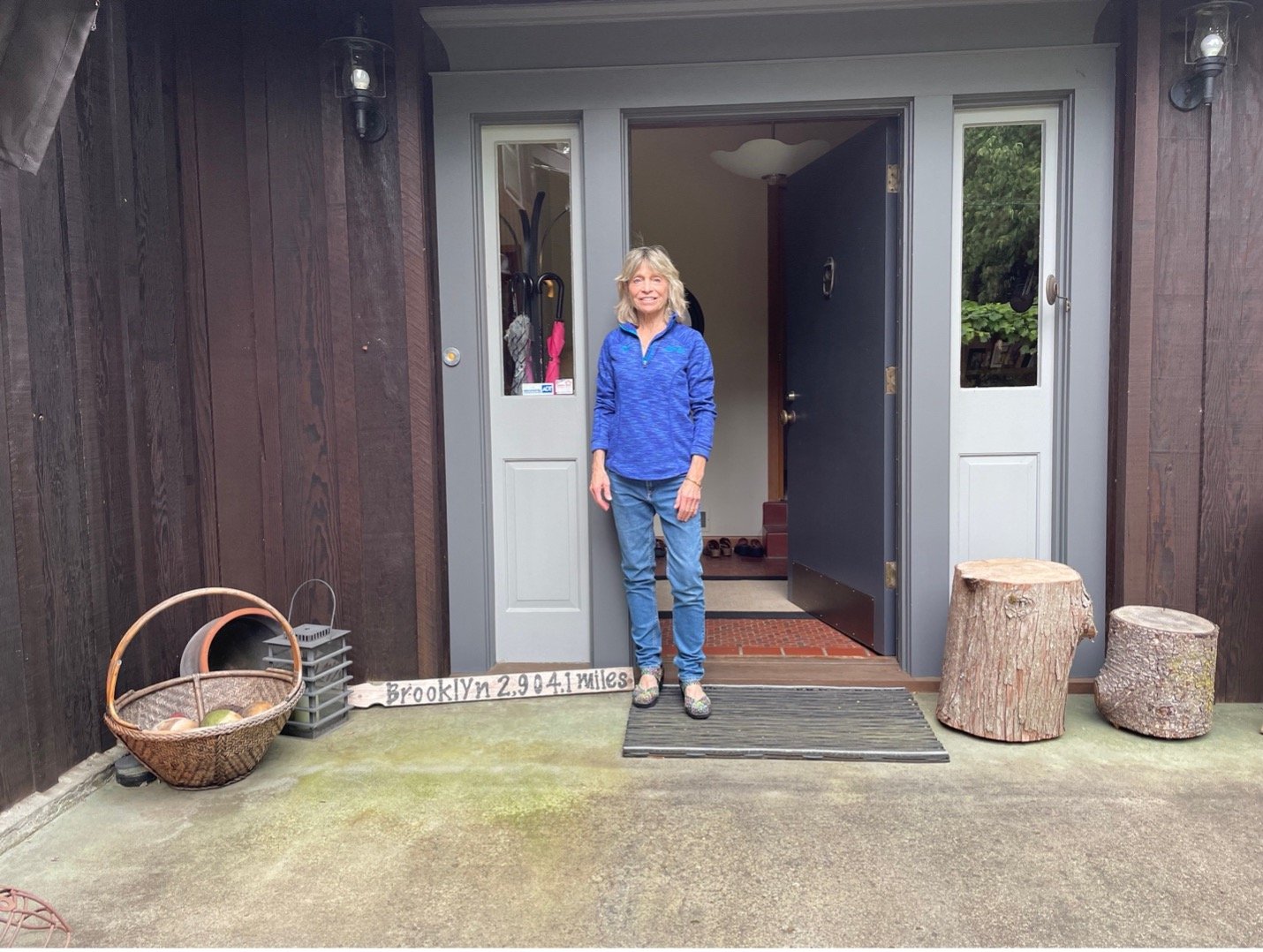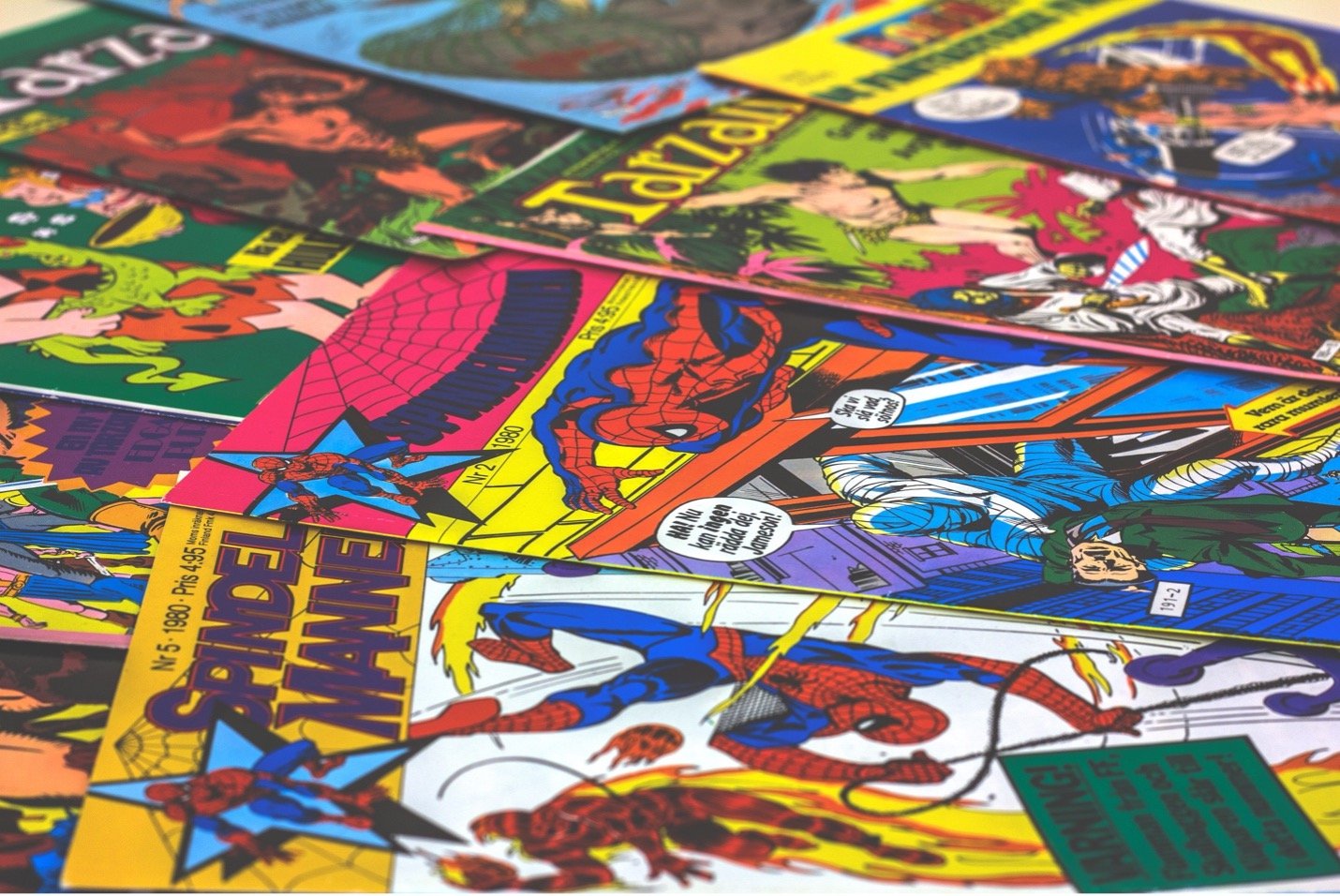A Trip Down Memory Lane
Photo by Alan Villasenor on Unsplash
A trip down memory lane. What does that evoke for you? Visiting your childhood home? Reconnecting with a friend from high school or college? Or meeting with someone you haven’t seen in fifty-five years and feeling like time has stood still?
Eileen, now known as Ikie, was the girl next door to the house I grew up in. Eight years older than me, she moved away from home when I was in 7th grade.
We lived on a street in Brooklyn we all referred to as “the block.” Her family was in the house between me and my best friend, Jeannie. Lingering recollections of the awe that Eileen generated prompted me to call Jeannie to ask if she had any idea what happened to our mutual neighbor. “Wow,” Jeannie said. “That nimbus of blonde hair and blue eyes! I always felt peaceful around her…. I’ll ask around and see what I can find out.”
Another ‘boy from the block’ knew Ikie’s married name, and that she lived in the Pacific Northwest. A quick Google search led to a video clip of my childhood idol walking through a Portland gallery featuring her art. There were the cheekbones, enormous smile, blue eyes. Older, sure, but essentially unchanged.
Ikie at her front door. Photo by Mindy Stern
We agreed to meet the next time I visited Portland. A long wooden arrow just outside her front door pointed East. Hand-painted, it said, “Brooklyn, 2,904.1 miles.” Obviously, I’d come to the right place. On the kitchen counter, a red-topped, antique, straw-dispenser filled with pretzel sticks caught my eye. “It’s just like Willy’s,” I exclaimed. Ikie beamed. “You’re the first person to get the reference!”
Photo Credit: Eileen Nolan Kressel
Willy’s was the candy store around the corner from our house. In the 1950s and 60s, there were not one, but two candy stores on the commercial street immediately behind our homes. Willy’s was on the corner of Avenue L and Coney Island Avenue. Harry’s was just across the street, between Avenues L and M, in front of the bus stop on Coney Island Avenue. Willy was friendly. Harry was grumpy. The kids all loved Willy. His candy store was also a diner, featuring a counter and booths where he served egg creams, grilled cheese, and more. When it wasn’t busy, he let us sit in the booths and read comic books, then discreetly put them back on the rack for someone else to buy. When Jeannie’s mother discovered her son was reading comics but not buying them, she walked over to apologize. “What for?” Willy asked. “They aren’t bothering anyone. They’re good kids.”
Photo by János Venczák on Unsplash
Of the dozen or so in our gang, half became social workers or psychologists, gravitating towards the helping professions. Ikie earned degrees in art, and then social work, combining the two as a Clinical Social Worker and Registered Art Therapist. Now she concentrates exclusively on art.
We had lots to catch up on. Some of my memories were way off-base. Why did I think her oldest brother was studying to be a priest? Totally wrong! I’d always assumed that her family was Irish Catholic. True for her dad, but it turns out her mother was Jewish, born in Poland, and spoke Yiddish in her childhood home. I had no idea. At least some of my memories were on target. Ikie’s middle brother really did go to the Peace Corps, and her older brother was very studious.
I remembered hearing about the Society for Ethical Culture, which had a large building in Brooklyn. Ikie attended Sunday School there, as well as summer camp in Cooperstown. “There was camp, and then there was the real world,” Ikie said, in a graphic novel she produced about her years at camp, from 1956-1960. I felt the same way about my summer camp experiences, though I went to day camp, not sleepover camp.
I asked Ikie if her parents, like so many others on our block, had been active in the communist party. She looked at me blankly. Why on earth would I think that? They definitely were not, and she was unaware of our other neighbors’ pasts. But a Zoom call we made together with one of the other boys revealed that his parents were blacklisted. How, he wondered, had I known about the red-diaper babies when Ikie, eight years older than me, was oblivious? My grandmother, Bubby, told me. She learned about it from Jeannie’s Bubby. I didn’t believe her, and chalked it up to hypervigilance and lingering trauma from years of hiding from the Nazis, and fears of being captured by the Russians as borders shifted.
Memories get jumbled, and it’s easy to attribute words and actions to the wrong person. During the Cold War in the 1950s, public schools routinely held “Duck and Cover Drills,” training children to duck under their desks and cover their heads, as if that would protect them from a nuclear attack. I thought that Jeannie’s parents told her to defy these instructions, and admired them, and her, for their courage in standing up to an inane policy. But when I asked Jeannie about it, she said “No! That was Eileen!” Ikie confirmed that though her parents didn’t tell her specifically to refuse, her mother, in particular, taught her to stand up for what she believed in. Even when threatened with being reported to the principal, Ikie stood her ground.
Photo credit: History Channel
When her children were young, Ikie’s family lived in a Portland neighborhood that had a “block.” Families interacted, and children played with one another with the same ease we experienced in our Brooklyn days. Her current home is in a totally different neighborhood, one that has a distinctly rural feel. It was hard for her to adjust to this quiet setting. Living on a block was more familiar.
For over three hours, we talked and shared stories about our lives from back then, and in the decades in between. East 10th Street holds a warm spot in both of our hearts. I’ve started searching for a vintage pretzel container to put on my kitchen counter. A reminder of Willy’s, and the gang of kids who walked over to hang out under his benign gaze.





